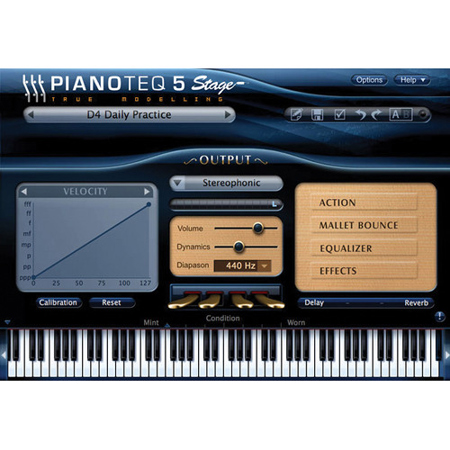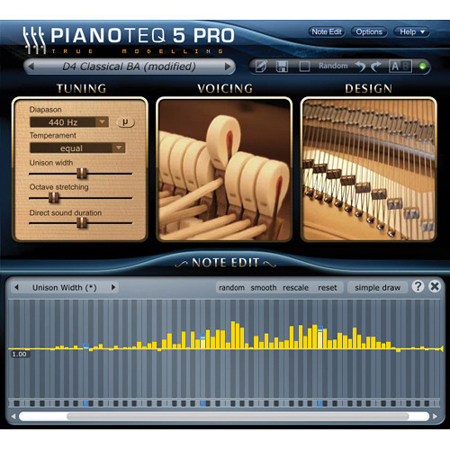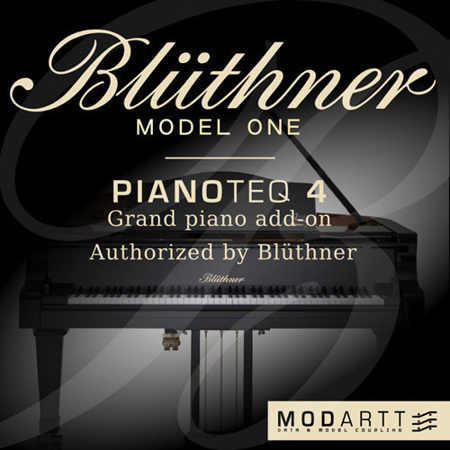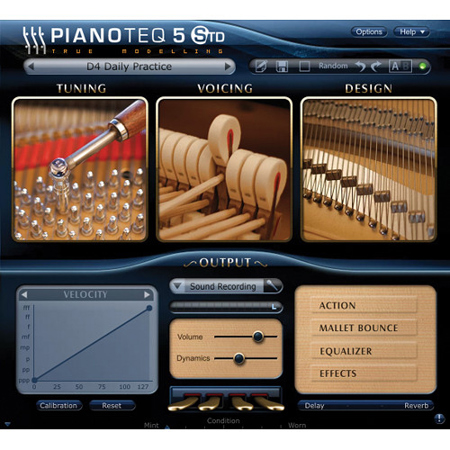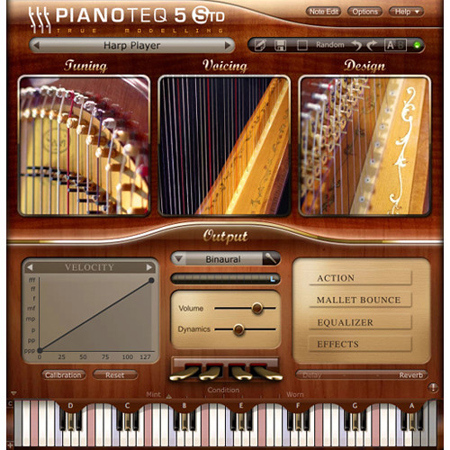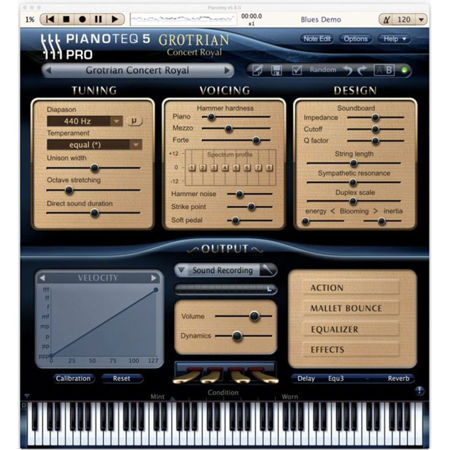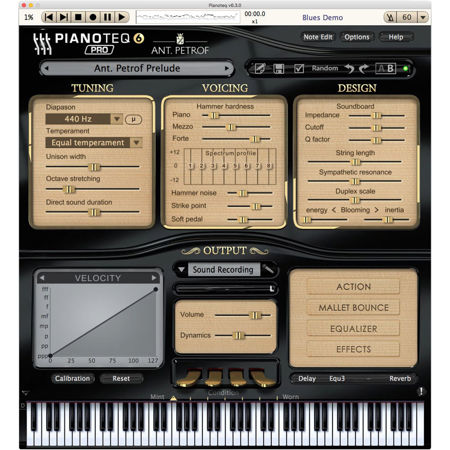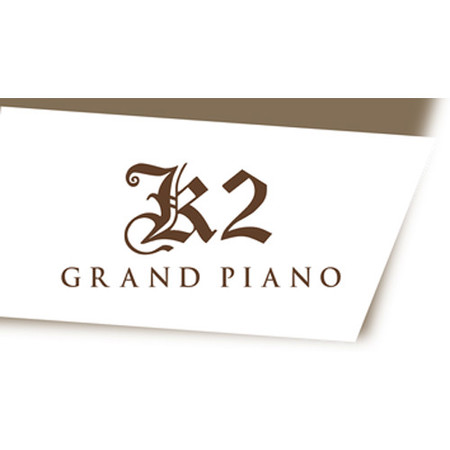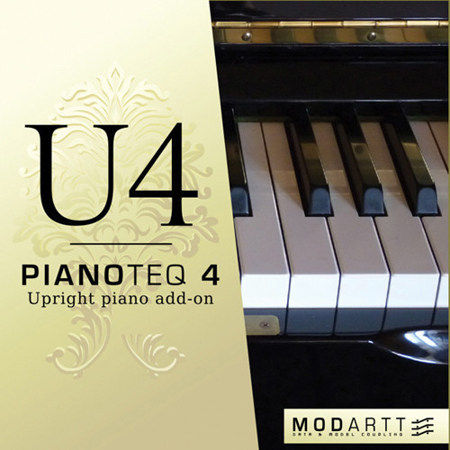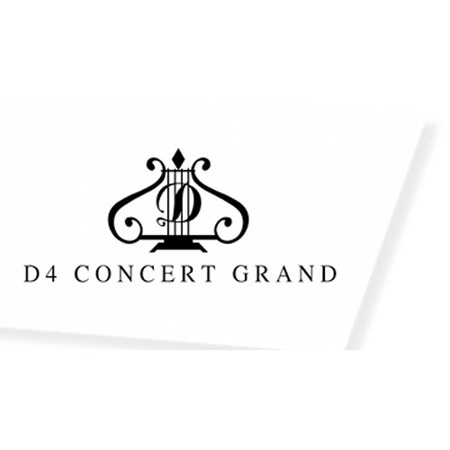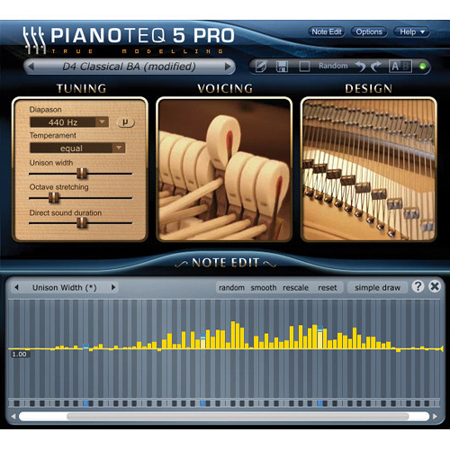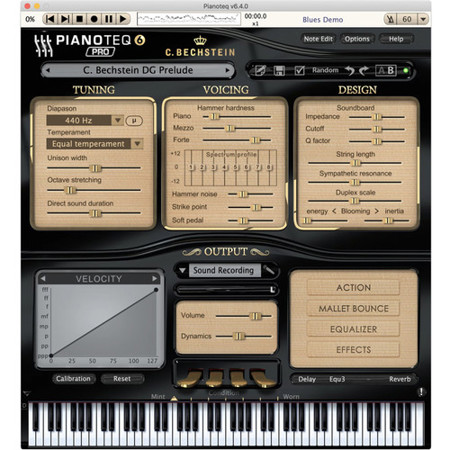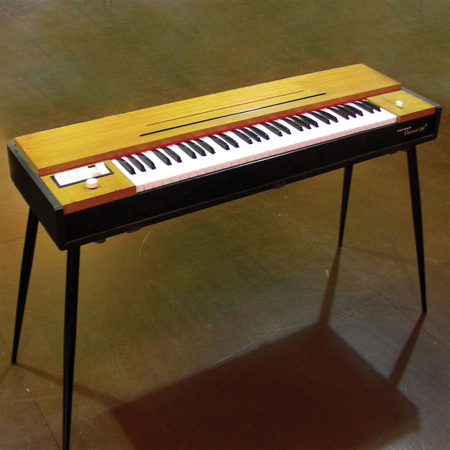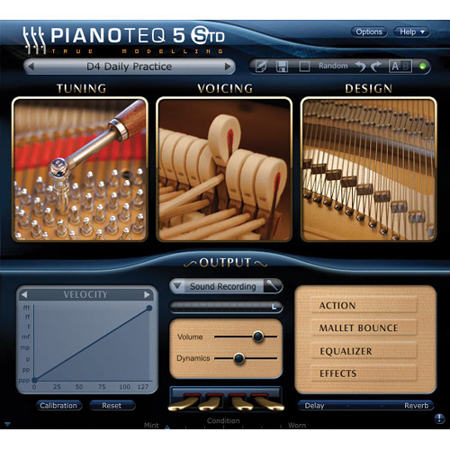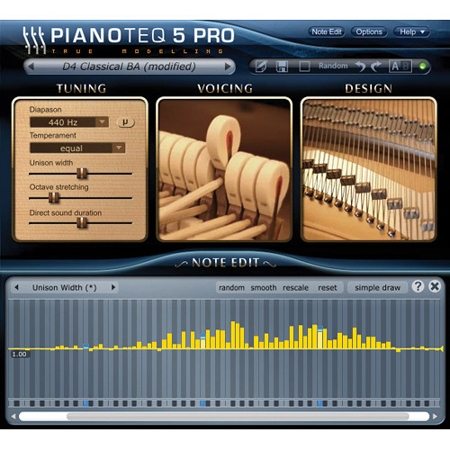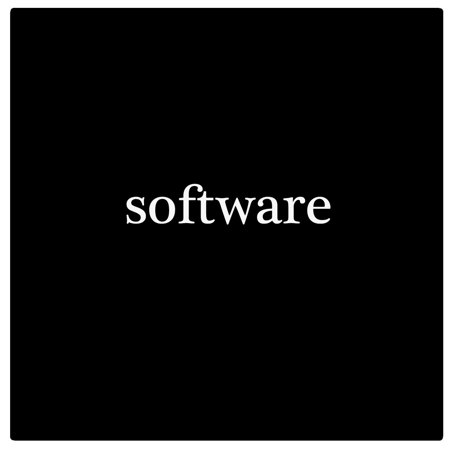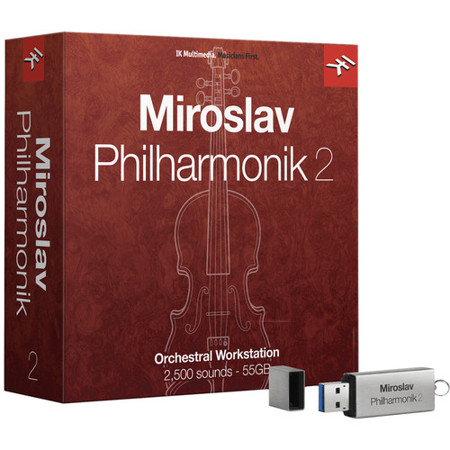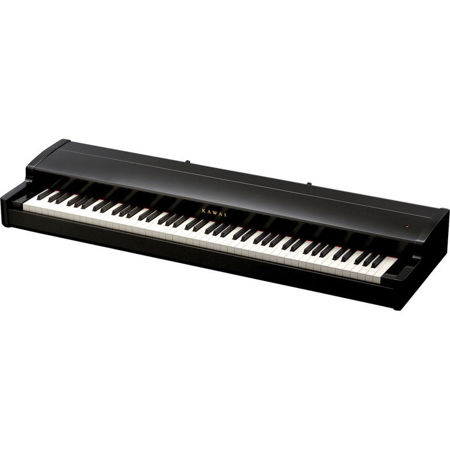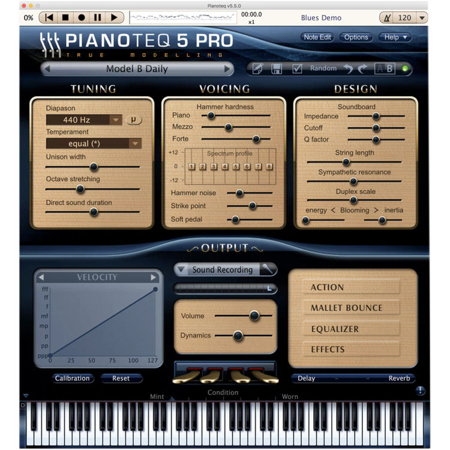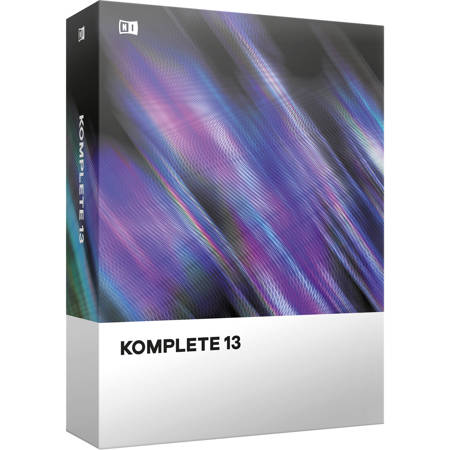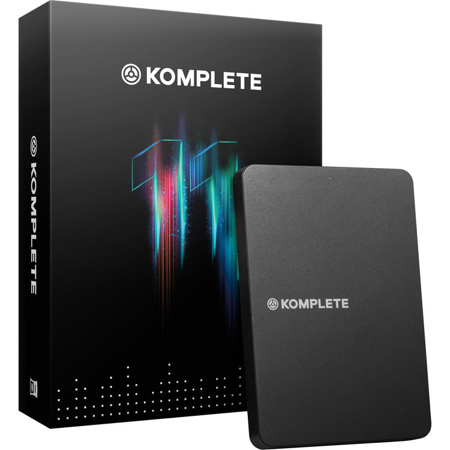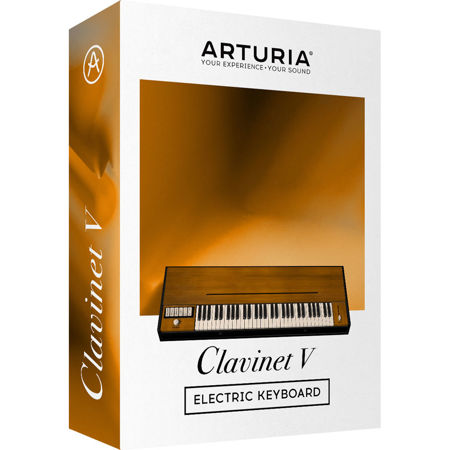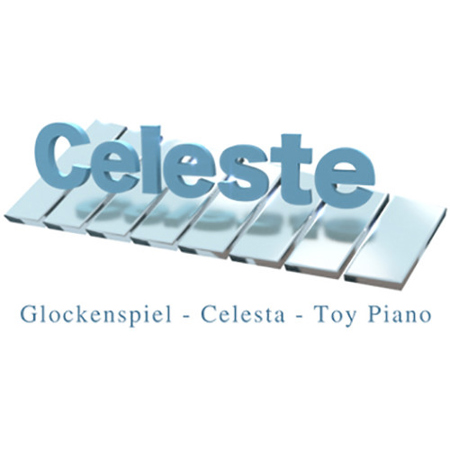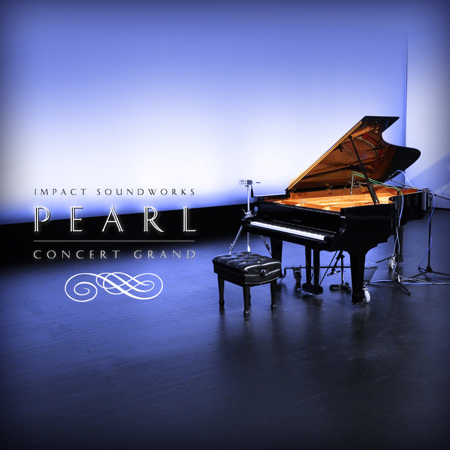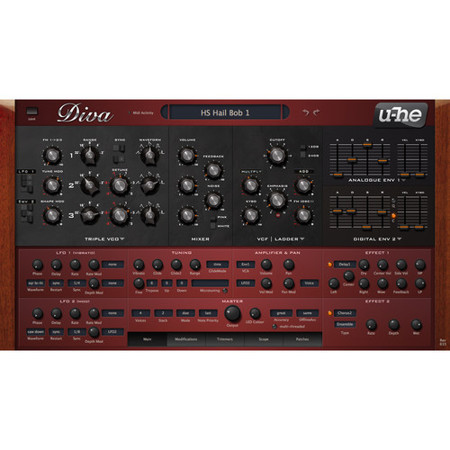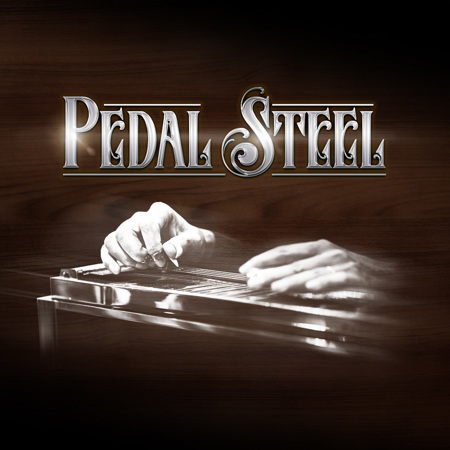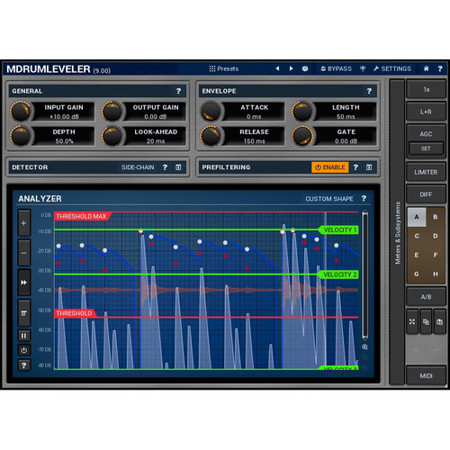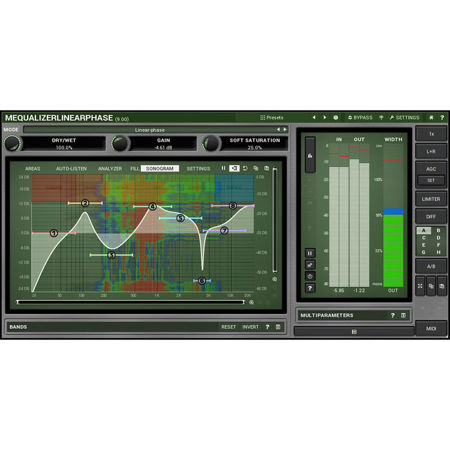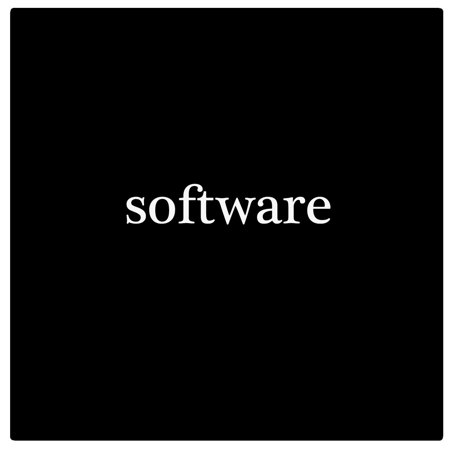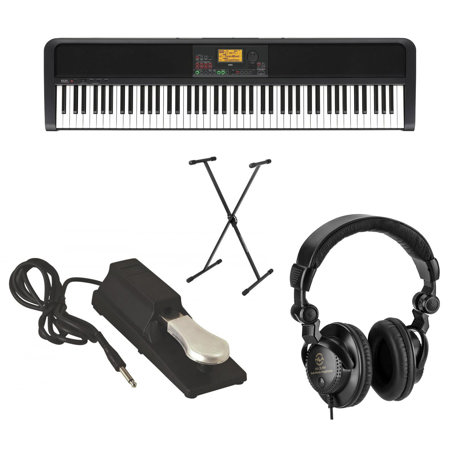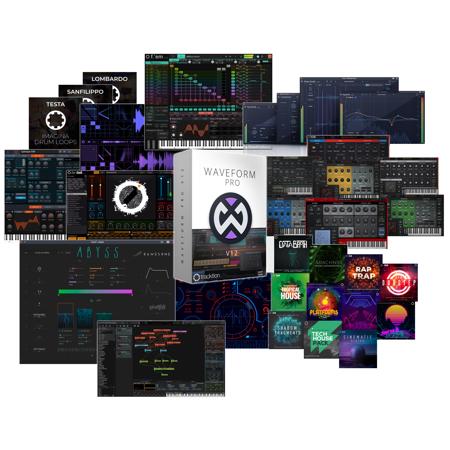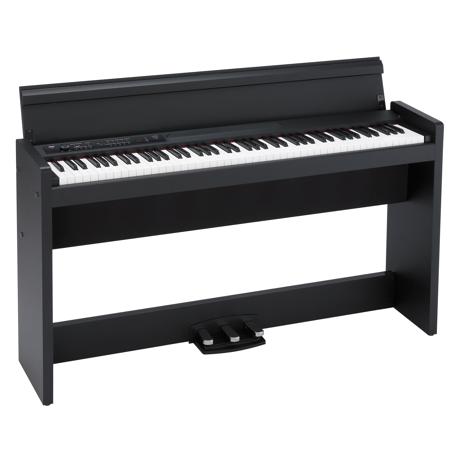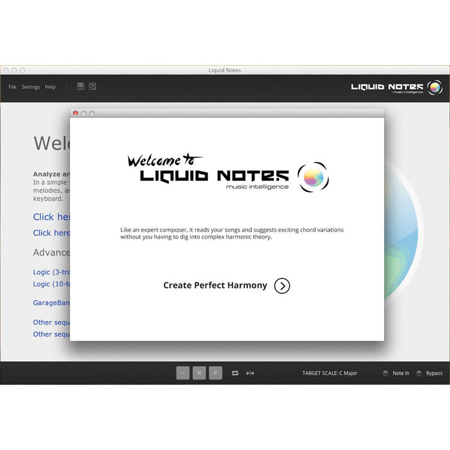Virtual Piano Software
Virtual piano software has fundamentally transformed the way musicians, composers, and hobbyists interact with the world of piano music, offering a versatile and accessible alternative to traditional acoustic or digital pianos. Whether you’re a seasoned pianist seeking the nuanced sound of a concert grand, a music producer looking to experiment with layered textures, or a beginner eager to learn your favorite songs, these software solutions provide a spectrum of features to suit every level and ambition. Many virtual piano platforms are compatible with a range of devices, from laptops and tablets to smartphones, and can be played using a simple mouse click, a computer keyboard, or a MIDI controller for a more tactile, expressive performance. As autumn settles in and the days grow shorter, there’s something especially inviting about sitting at your desk, headphones on, and letting the rich tones of a virtual piano fill your space—whether you’re composing an original score, practicing scales, or simply unwinding after a long day.
When considering which virtual piano software to choose, it’s important to think about your specific needs and the environment in which you’ll be using it. Entry-level users and children may gravitate toward intuitive, web-based options that offer interactive tutorials, highlighted keys, and built-in song libraries—ideal for learning at your own pace or as a thoughtful gift for aspiring young musicians. These platforms often require no installation and can be accessed instantly, making them perfect for casual play or educational settings. On the other hand, advanced users and professionals may seek out software that leverages physical modeling and high-definition sampling to recreate the intricate resonance and dynamic response of real pianos. These sophisticated tools often allow for deep customization, from adjusting hammer noise and string resonance to selecting from a curated collection of piano models. Producers and composers working in digital audio workstations can integrate these virtual instruments seamlessly into their workflow, enabling them to craft everything from classical sonatas to contemporary pop tracks with remarkable realism and expressive control. For those who already own a MIDI keyboard, connecting it to a virtual piano software unlocks a world of expressive possibilities, capturing every nuance of your playing and translating it into a studio-quality digital performance.
Virtual piano software also makes a memorable and practical gift, especially as the holiday season approaches. It’s an excellent choice for students, educators, and music lovers of all ages, providing a creative outlet and a pathway to musical growth without the need for a physical instrument. The flexibility to practice quietly with headphones, experiment with different piano sounds, or record performances for sharing with friends and family adds to the appeal. Many musicians pair their virtual piano setup with other digital instruments to explore new genres and arrangements; if you’re interested in expanding your virtual studio, you might also enjoy discovering the possibilities of Virtual Guitar Software. Whether you’re composing a heartfelt piece for a loved one, preparing for a recital, or simply enjoying the meditative process of playing music as the leaves fall outside, virtual piano software offers a rich, immersive experience that adapts to your needs and inspires creativity all year round.
When considering which virtual piano software to choose, it’s important to think about your specific needs and the environment in which you’ll be using it. Entry-level users and children may gravitate toward intuitive, web-based options that offer interactive tutorials, highlighted keys, and built-in song libraries—ideal for learning at your own pace or as a thoughtful gift for aspiring young musicians. These platforms often require no installation and can be accessed instantly, making them perfect for casual play or educational settings. On the other hand, advanced users and professionals may seek out software that leverages physical modeling and high-definition sampling to recreate the intricate resonance and dynamic response of real pianos. These sophisticated tools often allow for deep customization, from adjusting hammer noise and string resonance to selecting from a curated collection of piano models. Producers and composers working in digital audio workstations can integrate these virtual instruments seamlessly into their workflow, enabling them to craft everything from classical sonatas to contemporary pop tracks with remarkable realism and expressive control. For those who already own a MIDI keyboard, connecting it to a virtual piano software unlocks a world of expressive possibilities, capturing every nuance of your playing and translating it into a studio-quality digital performance.
Virtual piano software also makes a memorable and practical gift, especially as the holiday season approaches. It’s an excellent choice for students, educators, and music lovers of all ages, providing a creative outlet and a pathway to musical growth without the need for a physical instrument. The flexibility to practice quietly with headphones, experiment with different piano sounds, or record performances for sharing with friends and family adds to the appeal. Many musicians pair their virtual piano setup with other digital instruments to explore new genres and arrangements; if you’re interested in expanding your virtual studio, you might also enjoy discovering the possibilities of Virtual Guitar Software. Whether you’re composing a heartfelt piece for a loved one, preparing for a recital, or simply enjoying the meditative process of playing music as the leaves fall outside, virtual piano software offers a rich, immersive experience that adapts to your needs and inspires creativity all year round.
